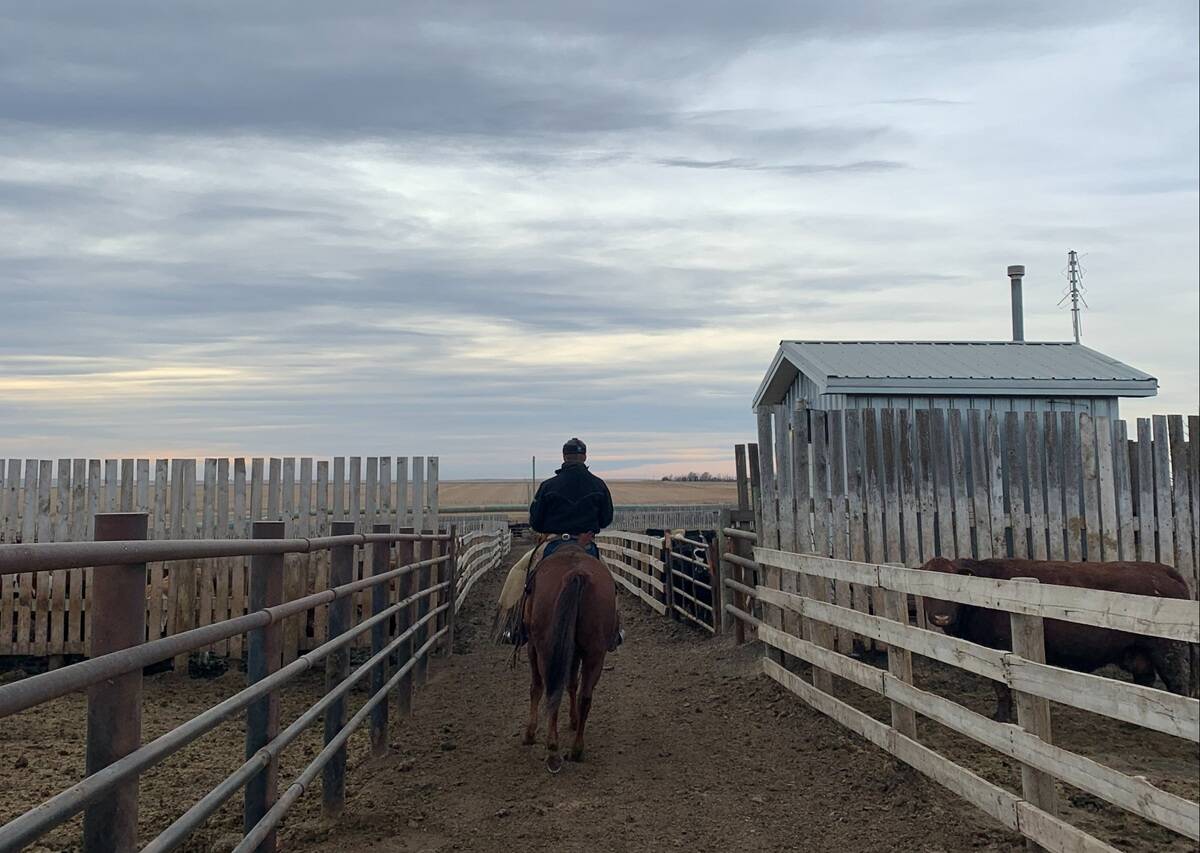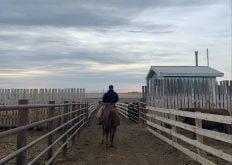With the Saskatchewan Stock Growers Association (SSGA) and the Saskatchewan Stock Growers Foundation (SSGF) working on offering term conservation easements, producers’ hesitancy for perpetual easements has become apparent.
“The percentage of producers that are interested in perpetual is pretty minimal,” says Chad MacPherson, general manager of the SSGA. “But there was 30 per cent or so that was interested in terms…so you’re not kind of passing on something to the next generation that is outside of their control.”
Currently, there are 2,400 easements in Saskatchewan, totalling around 450,000 acres.
Read Also

Pen riders still better than tech at detecting respiratory disease in feedlot cattle, says researcher
Recent research found that pen riders are better than tech at flagging signs of BRD in feedlot cattle
MacPherson says they received financial support from Environment and Climate Change Canada to investigate term conservation easement delivery. “Many believe it will be difficult for the federal government to meet their conservation goals in the Prairie region with their existing conservation tools.”
He adds they are exploring producer-friendly options — including term conservation easements and other effective measures — to work toward the federal government’s conservation goals while rewarding ranchers and farmers for their stewardship.
Tom Harrison, project manager for the SSGF, witnessed the hesitancy towards perpetual easements when he was working on term easements.
Harrison says false information about conservation easements has caused this type of reaction. “There’s all sorts of weird rumours out there.”
The issue with easements is that often, producers aren’t educated on how they work, Harrison says. “One of the things that we found out through the process of conservation easements is that there’s a real lack of understanding of what easements are and what restrictions are around them.”
Historically, conservation easements in Saskatchewan have only been in perpetuity –— meaning they are permanent and to last for as long as possible, to protect native grasslands and the species that live in those habitats.
Recently, the SSGF has been working on implementing term easements. These easements have an end date and can be renegotiated.
Harrison says teaching people about conservation easements is a role the SSGA and the SSGF have started looking into. “I think there’s a communication piece that we need to work on,” Harrison says.
He says they’ve started working on educating producers about both term and perpetual easements on their website and with a video they released, as well.
“We’ve developed sort of a communication standard, trying to increase the awareness of conservation easements, that they’re not that threatening. But at the same time, we want to respect the landowners’ rights to make a decision and compensate them fairly for the value of the conservation that they’re providing by putting a conservation easement on there.”

















